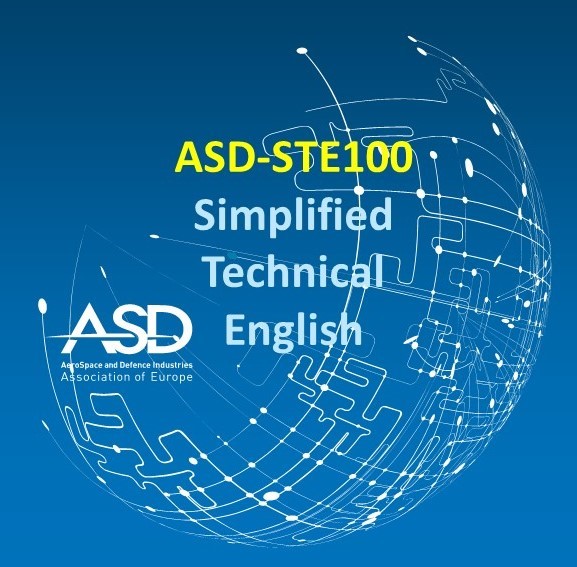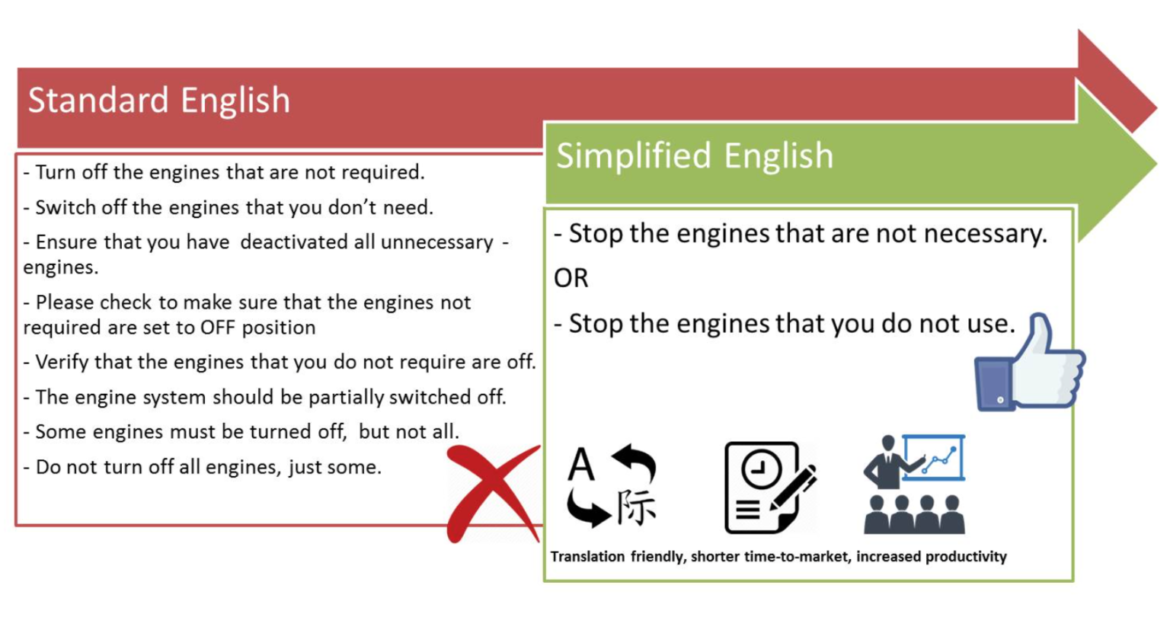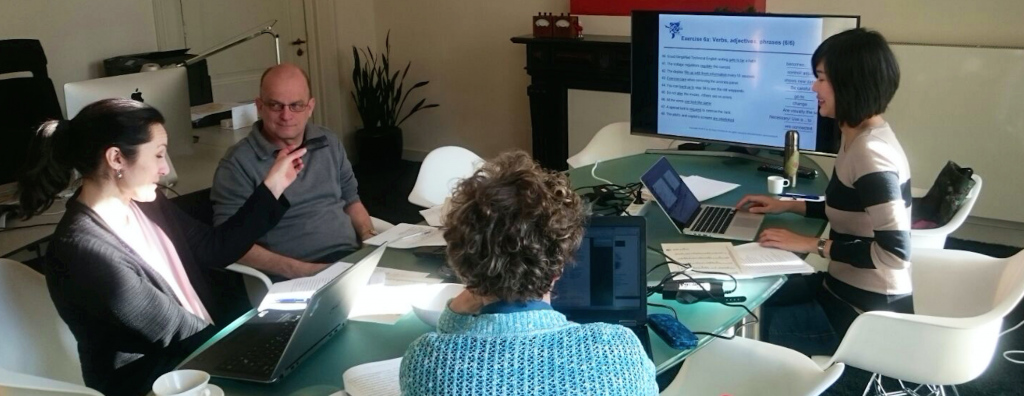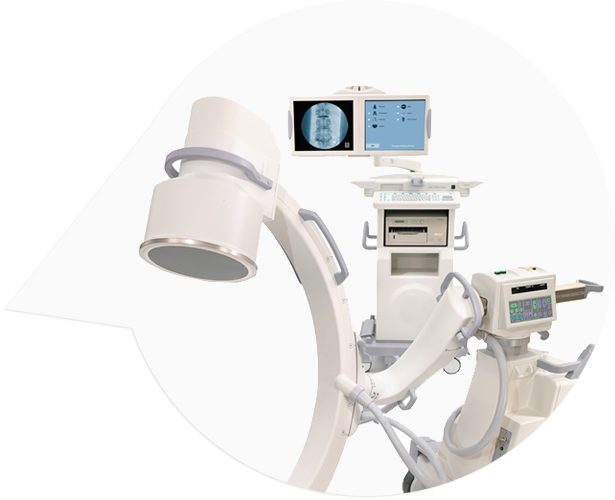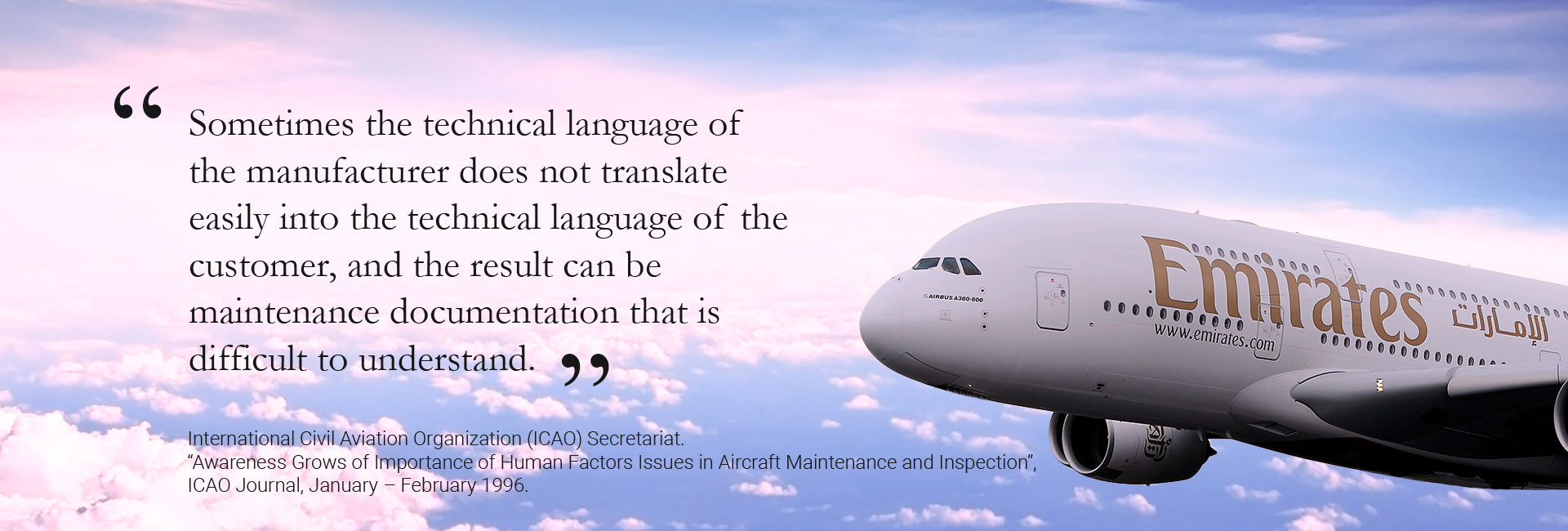Write effective user manuals & instructions with Simplified Technical English
China Online STE Workshop
New training dates: 3 & 4 June 2021
Time: 09:00 to 17:00 UTC/GMT +08:00 [Beijing Time]
Length of training: 2 days
Course fee: 5,215 RMB 3,500 RMB**
Course registration ends one week before training commences.
**Course fee includes exercises, learning aids, certificate of completion, and 90-day post-training support.
Summary of Simplified Technical English (STE)
Simplified Technical English (STE) or ASD-STE100 is a controlled technical English language that is used to write technical manuals in a way that they can be more easily understood by an international audience. STE helps to make translations cheaper and more accurate.
STE Rule 1.3 Use approved words only with their approved meaning is my go-to rule. My favourite STE verbs are “examine”, “measure” and “make sure”. I always use the non-approved verbs of “check” and “inspect” before. I highly recommend this course to other people. If most people write with STE, technical work steps will become clearer and easier for understanding. Kevin Zhao Kai, Vibration Analyst, Maersk Drilling
STE Course Outline*
This 2-day Online STE Workshop includes interactive training and exercises.
- Day 1: Classroom Training
- Practical overview of Simplified Technical English
- How STE helps both native & non-native speakers of English
- Benefits of adopting the STE international writing standard
- Writing rules and how to apply them in practice
- How to use the general vocabulary.
- Approved and non-approved words discussion and the rationale behind.
- Day 2: Application, Review, & Exercises
- How to deal with industry-specific terminology
- How to use STE for various documentation types
- How to implement STE with minimal disruption to on-going production and existing documentation
- Practical workshop session for applying STE rules to your own documents
- Review, edit, and discuss participants’ own documents to reinforce learning
- Classroom presentation of own documents.
* Shufrans also offers customised ASD-STE100 training solutions tailored to meet your specific requirements. These courses are normally provided at the customer’s premises.
Good explanation with history and background of STE to illustrate the importance of using STE in the aircraft industry. Rule 6.1: To give information gradually is my favourite. My favourite verbs are DO, PREPARE, REPLACE, REMOVE and STOP.
I am now conscious of writing in shorter sentences for better clarity and getting the point across. Before STE100, I tend to include too much information for fear that the message was misinterpreted. These verbs are commonly used and I agree that the intrinsic meaning of these are sufficient to get the message across efficiently.
There were good practice sessions to reinforce the essence of the respective rules. I would most certainly recommend Simplified Technical English as a standard to maintenance related fields since I personally do not like to read instructions in a disorganized manner. JD Hong, Maintenance Superintendent, Maersk Drilling
The introduction to ASD-STE100 has offered me some helpful insights into the theoretical background of this technical language standard. The STE rules are governed a logical flow of technical information. I would certainly recommend this course to writers who are interested in changing the way of technical writing with buy-in from the company. Overall, I have enjoyed Shumin’s presentation! Markus Burri, Project Manager, ZetaVision GmbH
Who should attend this STE technical writing workshop?
- Compliance managers
- CIO, COO, CTO
- Customer support managers
- Documentation managers
- Editors
- Engineering managers
- Engineers and SMEs who create documentation
- Graphics specialists
- ILS managers
- Maintenance managers
- Operation managers
- Product managers
- Project managers
- Quality managers
- Software research engineers
- Technical illustrators
- Technical writers
- Translation managers
- Translators.
What technical writing outcomes to expect?
Our interactive training, exercises and workshop, will teach participants to standardise content to:
- Author more efficiently
- Communicate more effectively with a global audience
- Improve operational safety
- Reduce AOG / downtime
- Facilitate modular writing and reuse
- Facilitate teamwork
- Facilitate translation
- Maximise consistency
- Optimise product lifecycle support
- Reduce the cost of creating and maintaining technical publications.
ASD-STE100 Trainer’s qualifications
Ms. Shumin Chen, principal trainer & consultant at Shufrans TechDocs received her professional on-the-job training in the field of STE under the tutelage of Dr Frans Wijma, a linguist and documentation expert. Together as an experienced global team, they provided their combined knowledge and dedication to benefit customers worldwide. To date, they have provided training and consultancy services to over 200 companies. Shufrans TechDocs is the only company with such vast experience in providing certified STE training.
Shumin has supported various companies with their STE and other documentation needs, based on standards where possible. Although STE was developed for the aerospace industry, more specifically for aircraft maintenance documentation, she found that it made a lot of sense to apply the same principles to other industries and types of documents as well. Few -if any- changes to the specification are necessary to adapt STE to industrial sectors ranging from machinery to IT, automotive to medical equipment.



